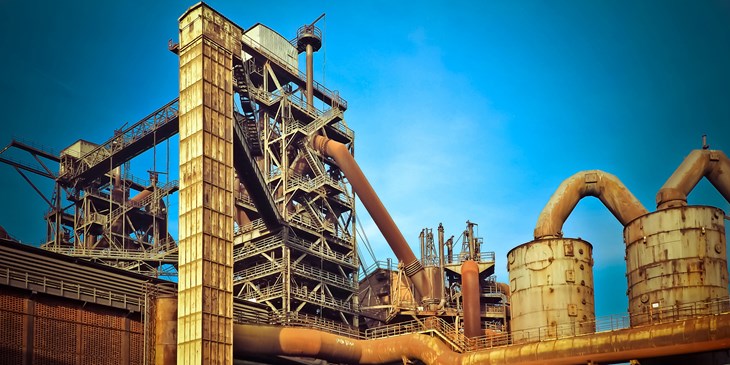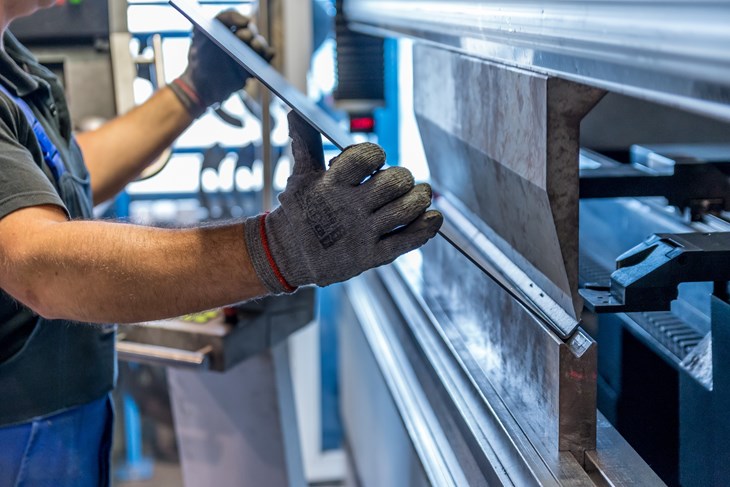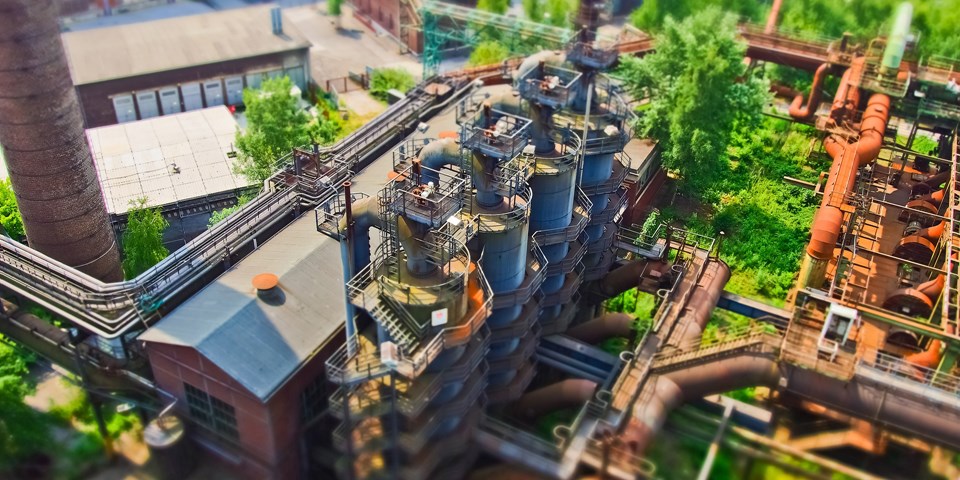The biggest global purchasers
There are approximately 550 companies that will be buying most of the pumps, valves, burners, filters, vessels, and other combust, flow, and treat equipment constructed out of stainless steel in 2018.
China Petroleum & Chemical Corporation (Sinopec) will be buying 7.6% of all the stainless steel combust, flow and treat products purchased in the oil and gas sector next year and one percent of all the purchases for all industries. The top four purchasers will be in the oil and gas sector, as will eight of the top 12 purchasers. The other four will be power companies. The top 550 companies include ones in refining, chemical, pulp and paper, mining, food, stone, and pharmaceutical industries. But the oil and gas sector will be the largest purchaser of them all. Sinopec will be the largest purchaser of stainless steel products. Forecasts predict that the company will purchase 7.6% of all the stainless steel products that are used in oil and gas.
The largest purchaser in the power sector will be Guodian/Shenhua. This past summer, China’s electricity producer, Guodian, merged with the country’s state-owned mining and energy company coal company, Shenhua Group, to form the world’s largest power company in terms of capacity. In fact, half of the top 12 purchasers will be China-based. The largest U.S. purchaser, oil and gas producer ExxonMobil is the fifth top purchaser in the oil and gas sector and sixth overall.
The rankings also include Engineering, Procurement, and Construction (EPC) companies. Among them, Bechtel Corporation, and AECOM will be the largest purchasers in this grouping.
Chemicals, mining, and pulp & paper
BASF, the German chemical company and the largest chemical producer in the world, will be the biggest purchaser among the chemical manufacturers. Rio Tinto, the leading global mining group that focuses on finding, mining, and processing the Earth’s mineral resources, will be the leading purchaser in the mining segment. For the pulp and paper industry, International Paper, a producer of fiber-based packaging, pulp and paper, will be the largest purchaser.

In the past it has been very difficult to analyze the total cost of ownership of various high-performance stainless steel alternatives. As a result, high performance stainless steel products have been sold the same way as the general performance products. The change in the stainless steel market is now the new ability of the purchaser to determine the Lowest Total Cost of Ownership (TCO). With IIoT empowered by the Industrial Internet of Wisdom (IIoW) the corporate buyer will have the TCO for each of the alternatives and make his decisions accordingly. The main role of the sales group will be to make sure the buyer has an accurate TCO
(1) .
At companies such as BASF, Rio Tinto, ArcelorMittal, the integrated steel and mining company, and Duke Energy, the American electric power holding company, IIoT and remote monitoring is enabling corporate specialists to analyze the performance of every pump, vessel, pipe, and valve in the global fleet of plants. IIoW is in its infancy but as it grows it will provide not only the total cost of ownership, but also the guide to new and better products.
How it all works
IIoW utilizes the data analytics provided by IIoT and provides the interconnection between end-users, suppliers, and subject matter experts to create the TCOs, and more importantly, create new products with lower TCOs. The interconnections need to be as prolific in IIoW as in IIoT. They include the following:
• Stainless steel supplier personnel, in each product group and geography, inter- connecting with peers around each of the 550 large purchasers
• Owner-operator personnel in each plant and in each role interconnecting around processes and products used in more than one of the plants
• User controlled groups expanding scope to create decision systems and through digital technologies become international (stainless steel suppliers with lowest TCO can support and sponsor this activity)
• Supplier controlled groups focused on total cost of ownership studies
• Associations expanding role to create decision systems and periodic webinars to integrate with annual meetings
• Individual user groups expanding to create IIoW
• Creation of Subject Matter Ultra Experts (SMUEs). Tomorrow’s experts will master the massive TCO data generated from IIoT. The SMUE will need to be very focused and to continually utilize and help create the decision systems around his specialty. The suppliers of the high-performance stainless steel products with the lowest TCO products will benefit from the SMUE validation of their claims.

Stainless steel suppliers have an additional reason to focus their efforts on the top purchasers. These are the companies who will conduct and validate the products with the lowest total cost of ownership. Smaller purchasers will be relying on these TCO analyses to make their choices. As a result, there will be a big change in the stainless steel combust, flow, and treat products market.
1.IIoT and Remote O&M published by the Mcilvaine Company
Bob Mcilvaine founded the Mcilvaine Company in 1974 and oversees the work of 30 analysts and researchers. He has a BA degree from Princeton University.



